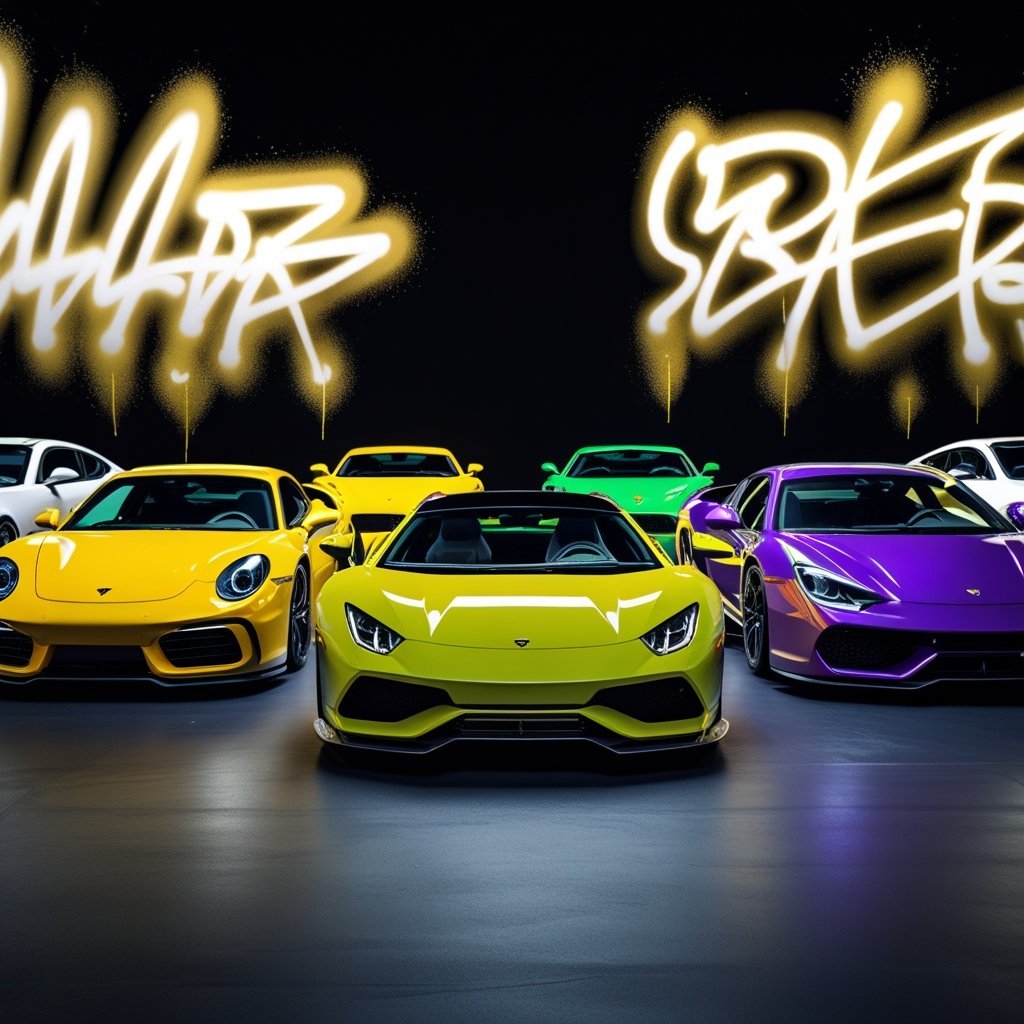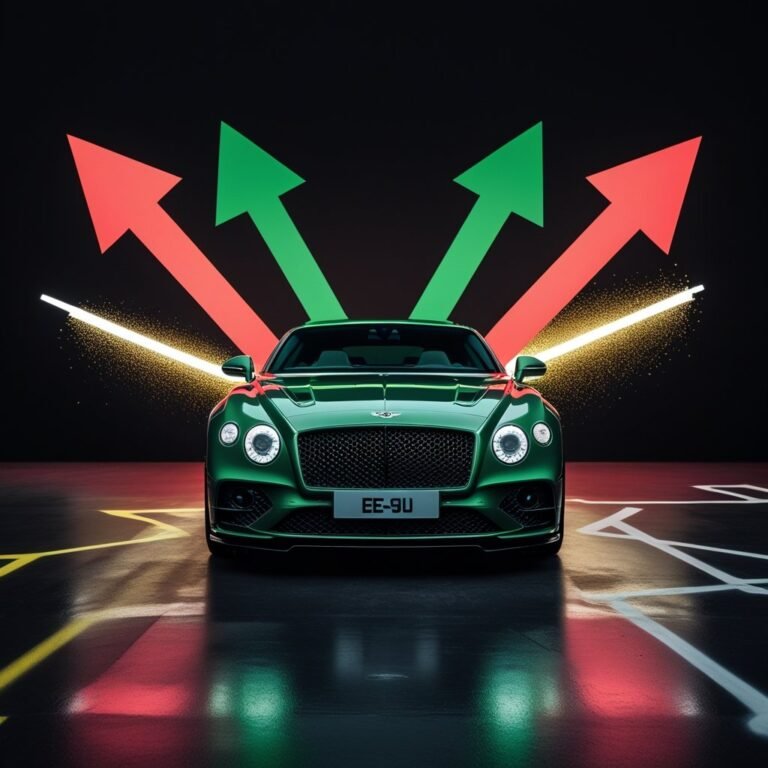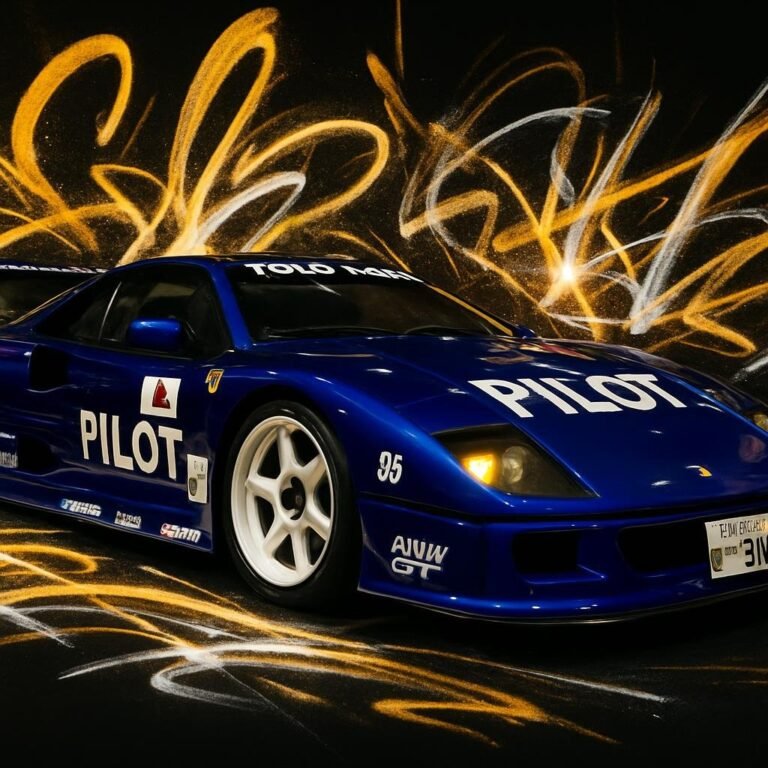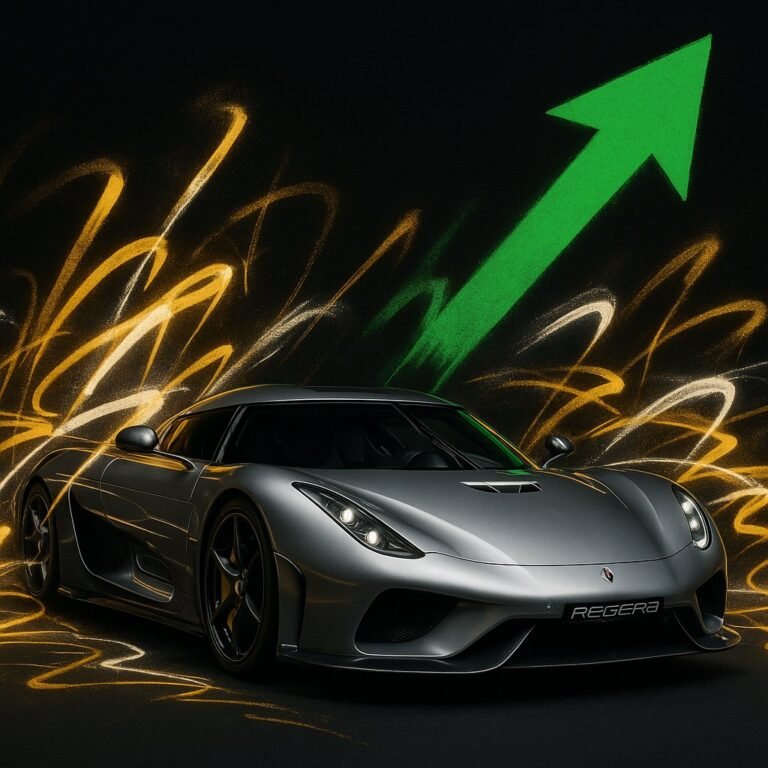Ever wondered how much the color of a limited edition car can mess with its resale value? Turns out, it matters—a lot. Some color combos can add thousands, while others might quietly sabotage your final sale price.
Research keeps showing that unusual colors like yellow and orange tend to hold value better than the usual suspects. For example, yellow cars only lose about 24 percent of their value compared to 31 percent for average vehicles. Black and white cars? They’re everywhere, and that oversupply means they often depreciate faster.
Limited edition vehicles add another layer of drama to the color story. Rarity usually drives value, but some colors just don’t click with buyers—even on exclusive models. Ferrari’s Rosso Corsa red or McLaren’s Papaya Orange? Collectors drool over them. But factory purples or lime greens? Even with tiny production numbers, they can be a tough sell.
If you’re the type who sees cars as investments, you’ve probably obsessed over these color dynamics. The psychology of color, regional quirks, and that delicate dance between standing out and fitting in—they all shape which car colors will appreciate and which might haunt your garage later.
Core Relationship Between Car Colour and Limited Edition Resale Values
Here’s the thing: car color can swing resale value by more than $5,000 in just three years. With limited editions, the swings get even wilder. Unusual shades like yellow, orange, and green often deliver the best returns.
Market Data on Colour Impact
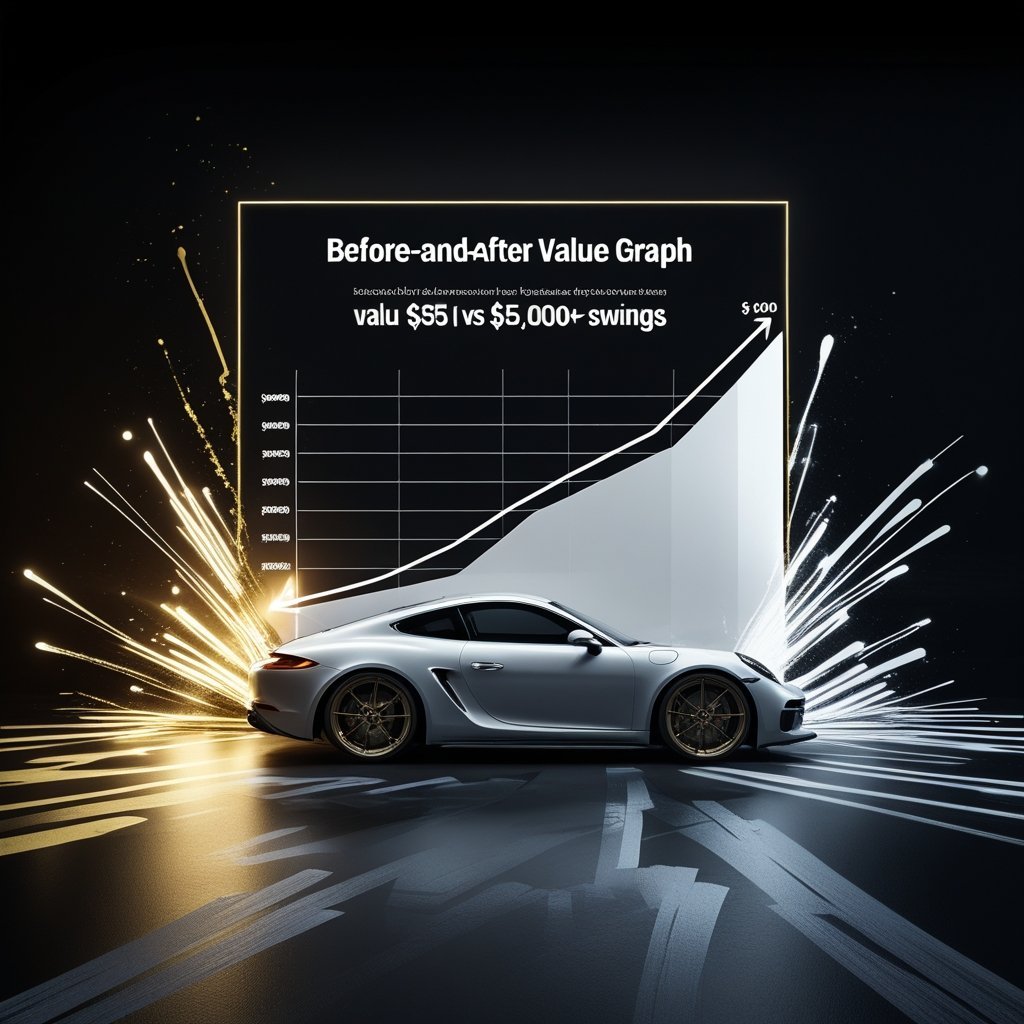
The resale market doesn’t lie—color choices and financial returns go hand in hand. One study of over 1.2 million three-year-old used cars found huge depreciation differences based on color.
Scarcity cranks up the effect for limited editions. Collectors chase after color combos that never made it to the regular production line.
Key market findings include:
- Green cars usually hold value better than most
- Depreciation can vary by 12 percentage points or more between the best and worst colors
- Limited production colors often fetch premium prices
It’s wild, but buyers’ color choices really do shape long-term value. For rare cars, this effect gets even stronger since color options are already limited.
How Colour Choice Alters Buyer Demand
Color preferences aren’t just about taste—they’re tangled up in psychology and culture. Limited edition cars with unique color schemes pull in collectors who’ll pay extra for something exclusive.
Sure, neutral colors like white, black, and silver have broad appeal. But with limited editions, buyers are often on the hunt for something that stands out.
Demand factors include:
- Emotional reactions to colors can make or break a deal
- Cultural vibes shift by region and demographic
- Rarity makes unusual colors more tempting in limited runs
Collectors love authenticity. Original factory paint from a limited run? That’s gold. Custom jobs or color swaps? Not so much.
Best and Worst Performing Colours for Value
Some colors just punch above their weight on resale. Obscure shades like yellow, orange, and green often command higher prices than the usual crowd-pleasers.
Top performers:
- Green (seriously, it’s a sleeper hit for value retention)
- Yellow (collectors can’t resist)
- Orange (scarcity drives up demand)
Weaker performers:
- Beige and gold (just… meh for most buyers)
- Brown (rarely gets hearts racing)
- Some metallics (can feel dated fast)
Factory-exclusive colors on limited editions almost always outperform standard hues. If you snagged a special edition paint that never hit regular models, congrats—you probably own a future classic.
Popular Versus Rare Colour Combinations: Effects on Value
How often you see a color combo out there really shapes the price game for limited editions. When the market gets flooded with a certain color, prices tend to sink—supply and demand, plain and simple.
Frequency and Market Saturation
Market saturation isn’t just a buzzword—it’s a resale killer. When manufacturers crank out thousands of cars in the same color, it gets tough to stand out.
Neutral shades like white, black, and silver usually have strong resale value thanks to mass appeal. But with limited editions, too much popularity can backfire.
Special editions in oversaturated colors compete with regular models. A black special edition sports car? It might blend in with all the other black cars on the lot.
Rare color combos, though, ride the scarcity wave. If only 500 cars exist in a certain shade, collectors and enthusiasts will fight for them.
Neutral Colours: Black, Silver, and White
Black, silver, and white rule the resale charts for a reason. They’re crowd-pleasers and hide wear pretty well.
Black Cars:
- Hide scratches and dings better than most
- Scream luxury and power
- Popular with executives and business types
Silver Cars:
- Hide dirt and age gracefully
- Timeless look—never feels out of style
- Work for just about any car type
White Cars:
- Look fresh and modern
- Camouflage minor damage
- Stay cool in sunny places
But here’s the catch: for limited editions, these neutrals are safe, not special. They’ll hold value, sure, but they don’t have that “wow” factor collectors chase.
Bright, Trendy, and Unique Tones
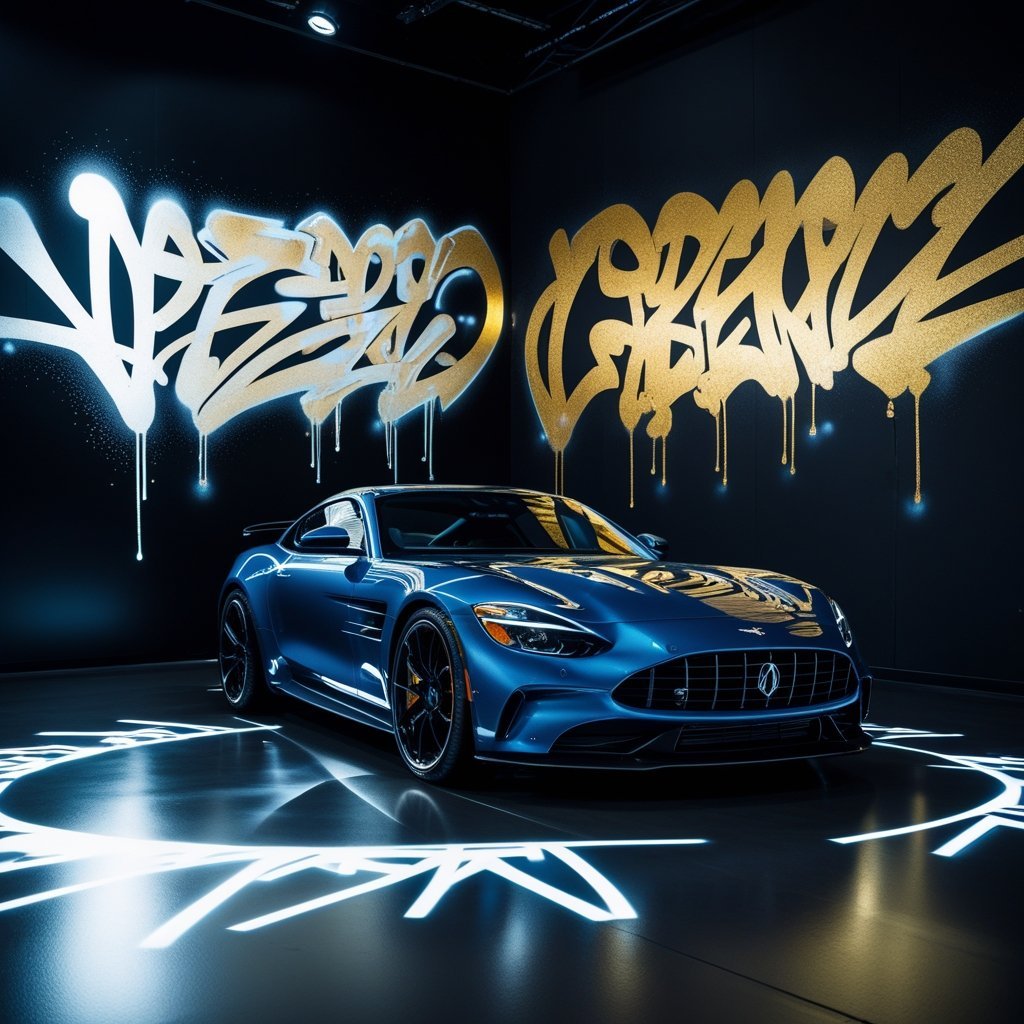
Most buyers don’t want wild colors like yellow, pink, gold, or purple, so reselling those can be a slog—unless we’re talking limited editions.
In the world of special runs, bold colors become the main event. Suddenly, that wild paint is a ticket to exclusivity.
High-Value Unique Combinations:
- Racing stripes paired with rare base colors
- Two-tone schemes that only showed up for a season
- Manufacturer-only shades that vanished after one run
Custom colors can tank value for normal cars—over 40% depreciation in three years. But factory-applied unique colors on limited editions? That’s where the magic happens.
Trendy shades can go either way. Neon green today, cult classic tomorrow—or forgotten fad. It’s a gamble, but sometimes fortune favors the bold.
Psychological and Cultural Factors Influencing Colour Value
Let’s be honest—most car buyers make emotional choices. Color tugs at our brains in ways we barely notice, and culture just adds another twist.
Colour Psychology in Car Buying Decisions
Color psychology is real. Red cars? They scream speed and adrenaline, making them a hit for sports cars. But in the luxury sedan world, red can feel a bit too loud.
Black says “I mean business.” That’s why it holds up in executive fleets. White feels clean and modern—always a safe bet. Blue? It whispers trust and reliability, which works for families and luxury brands alike.
Silver and gray are the Switzerland of car colors—neutral, techy, always inoffensive. Studies keep finding that emotions drive color choices way more than logic. We rationalize after the fact, but our brains already made the call.
Regional and Cultural Preferences
Culture shapes color tastes all over the globe. In China, red is lucky and prosperous, so it’s huge for car buyers there.
Europeans lean toward subtlety—think silver, gray, or deep blue. Understated elegance is the name of the game, and it shows in resale values for those hues.
North America? We’re all over the place. Bright oranges, yellows, and blues can do surprisingly well for limited editions. Color psychology is a moving target depending on where you’re selling.
Middle Eastern buyers love pearl white and champagne. In Australia, earth tones and oceanic blues blend with the landscape and boost appeal.
Age and Demographic Trends
Millennials want to stand out. They’ll pay extra for unique color combos, especially if there’s a story or special name attached. That’s great news for anyone flipping a limited edition with a wild paint job.
Gen Xers like the classics—professional but with a dash of personality. They’re looking for colors that age well and won’t embarrass them in a few years.
Baby Boomers? They stick with what works: black, white, silver. Their buying power still shapes what manufacturers offer in limited runs.
Demographics matter. Younger buyers risk more on bold colors, while older buyers crave stability. Gender also plays a role—different groups react to color in their own ways.
Real-World Examples and Practical Considerations for Sellers
Let’s get real: paint color combos can make limited edition car values jump or drop by 15-30%. Factory-exclusive colors in small production runs? Those are the ones that get collectors buzzing and wallets opening.
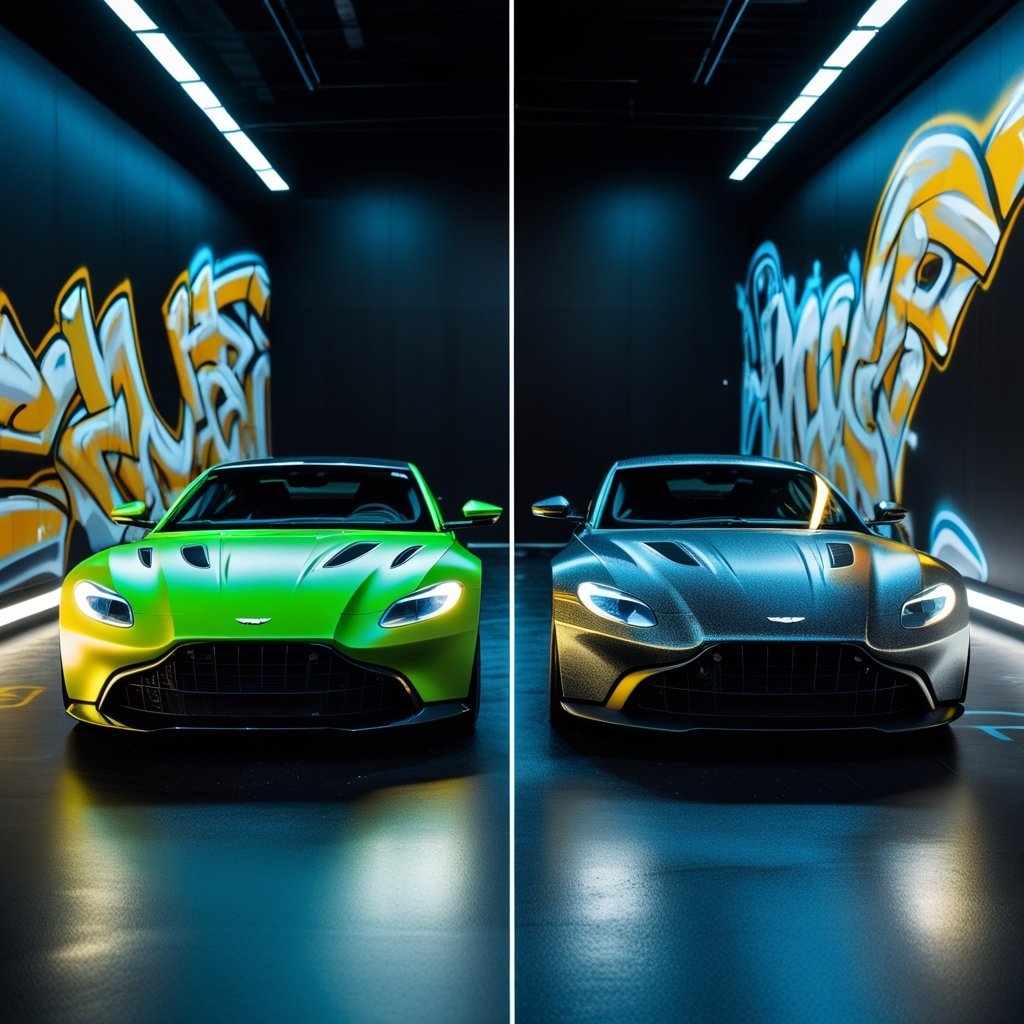
Notable Limited Edition Colours and Their Results
Ferrari’s Exclusive Paint Programs have a bit of a magic touch when it comes to resale. Their Tailor Made colors—think Blu Corsa or Giallo Modena—tend to hold onto 85-95% of their original premium after five years, which is honestly wild for the luxury car game.
Porsche GT3 RS Models are proof that bold colors can mean bold profits. The 2019 GT3 RS in Lizard Green? It fetches $15,000-20,000 more than the same car in a “safe” color. That’s not just a splash of paint—it’s a serious investment move.
McLaren’s MSO (McLaren Special Operations) colors, like Volcano Orange and Mantis Green, started hot with $8,000 premiums. But now, they’re trading at prices similar to the standard hues. Maybe the hype faded, or maybe buyers just got pickier.
BMW M Division had its own learning curve. The E46 M3 in Phoenix Yellow? People hated it at first. Now, thanks to rarity, it commands prices about 20% higher than its more common siblings. Funny how tastes shift, right?
Lamborghini’s Ad Personam program is a mixed bag. Verde Scandal is a hit, but some purple shades trail behind the classic yellows and oranges in resale. Not every wild color becomes a legend—collectors can be picky.
Case Studies of Colour Combos That Increased or Decreased Value
Success Story: Aston Martin Vantage V12 S
- Color: Scintilla Silver with Lime Green accents
- Premium: $12,000 over standard colors
- Reason: Factory authenticity and that jaw-dropping visual pop
Failure Case: Custom Wrapped Nissan GT-R
- Modification: Aftermarket matte black over factory white
- Value Loss: 18% below comparable stock examples
- Issue: Changing car color affects resale value—especially if it’s not factory-applied. Ouch.
The Dodge Challenger Hellcat in Go Mango orange? Still a fan favorite. These cars sell for 8-12% more than their black or white twins. That’s the power of a bold, factory color on a muscle car.
The Ford Mustang Shelby GT350 in Grabber Blue sold like hotcakes at launch. But now, oddly enough, it trades for 5-7% less than the same car in Oxford White. Sometimes, what’s hot today cools off tomorrow.
Practical Advice for Maximizing Resale
Document Everything about your car’s paint. Save those window stickers, build sheets, and invoices to prove the color’s factory origin. Collectors eat that stuff up.
If you’re thinking about repainting a limited edition car—don’t. Even a flawless job usually knocks 10-15% off the value. Buyers get suspicious about accidents or originality, and who can blame them?
Research Current Market Trends before you list. Popular car colors for resale change, sometimes overnight, depending on region and model year. What’s hot in Miami might flop in Munich.
Timing Matters for those wild colors. Bright, bold combos often shine brightest in spring and summer, when buyers are feeling adventurous. People want to stand out when the sun’s out, right?
Know your audience. Enthusiasts and collectors go nuts for rare car colors that hold value over time, while practical buyers just want something they can park anywhere without drawing a crowd.
Professional detailing is a must for unique paint. Paint correction and ceramic coating can justify a higher price by making the color pop. It’s the difference between “nice car” and “wow, what is that?”
Frequently Asked Questions
Car color isn’t just about looks—it’s a legit factor in resale value. The story changes even more with limited edition cars, where unique paint can make or break your investment.
What is the impact of car color on its resale value?
How car color affects resale value of limited edition cars comes down to supply, demand, and a dash of collector psychology. Common colors like white, black, and silver make up about 81% of sales, but they often depreciate faster than rare car colors that hold value over time.
Yellow cars lose only 24% of their value over three years, while the average is closer to 30%. Orange vehicles are similar at 24.4%, and green cars drop 26.3%—not bad at all for colors that used to be considered risky.
White and black cars, despite being everywhere, see 32.1% and 31.9% depreciation. Gold? That one’s the big loser at 34.4% over three years. It’s a tough world for the flashy metallics.
Which car colors tend to depreciate the least over time?
Yellow holds its value best at just 24% depreciation over three years. Orange is right behind at 24.4%. These aren’t just “fun” colors—they’re smart money, especially for investment cars with colors that appreciate fastest.
Green comes in third at 26.3%. Why? Simple—these colors are rare, and rarity drives demand. For pickups, orange and green are even stronger, with orange losing only 16% and green 19.6%. SUVs follow a similar trend.
Are certain car colors linked to higher insurance costs, affecting their resale value?
Honestly, insurance rates don’t care much about color. It’s more about the car’s safety record and theft risk. That myth about red cars costing more to insure? Totally busted.
Bright colors like yellow and orange might even help drivers avoid accidents because they’re so visible. That extra safety can help keep resale values high, too.
Theft rates are more about the car model and where you park it. Still, common colors might get targeted more because they blend in. Not exactly a perk for resale.
How does a car’s interior color choice affect its future resale value?
Neutral interiors like black, gray, and beige win most buyers over. Bold interiors? They’re a gamble—light colors show stains, and wild combos can age fast.
Sometimes, though, limited edition car colors that increase resale value include special interior themes. Collectors love a matching set. But if you go too wild, you risk losing those classic vs modern car colors affecting resale value.
Luxury cars with unique leather shades can depreciate faster if buyers worry about looking dated. Classic combos stick around for a reason—they just work.
Can repainting a vehicle to a different color influence its value when resold?
Painting a car a different color usually hurts resale, unless it’s a flawless, professional job. Most buyers trust original paint more—it’s a sign nothing sketchy happened.
Original factory paint, especially on limited edition supercar colors collectors prefer, always brings a premium. Change the color, and you risk killing the car’s collectible value. For investment? Stick with what the factory gave you—seriously.
Which car colors are generally considered the most challenging to sell in the second-hand market?
Gold cars? Oh boy, they’re like the pineapple pizza of the car world—bold, rare, and not everyone’s cup of tea. These flashy rides take a resale hit, dropping about 34.4% in value over three years. That’s a tough pill to swallow if you’re hoping for a quick, profitable flip.
Now, brown vehicles—especially SUVs and sedans—also seem to get the cold shoulder from buyers. It’s almost as if brown just can’t catch a break, no matter how luxurious the car might be.
Beige cars, particularly pickup trucks, don’t fare much better. They lose about 28.7% of their value, which is a bit of a heartbreaker if you ask me. You’d think subtlety would pay off, but in the world of investment cars with colors that appreciate fastest, beige just doesn’t make the cut.
Purple? That’s a wild card. It’s super rare, making up just 0.09% of sales. While you’d think rare car colors that hold value over time would be a slam dunk, purple seems to scare off more buyers than it attracts.
Honestly, very bright or unusual colors—think neon greens or wild oranges—can make your car feel one-of-a-kind. But here’s the catch: they might limit your pool of buyers. Most folks still lean toward colors that match their lifestyle, or even their job. It’s a balancing act between standing out and playing it safe when it comes to how car color affects resale value of limited edition cars.
Final Words
Choosing the right color for your limited edition car isn’t just paint—it’s your ticket to glory in the collector world. The right hue can turn a garage gem into a legend, while the wrong one can quietly drain value. Think of color as the heartbeat of your investment—bold, rare, and unforgettable, just like the cars themselves.
Thanks for reading! If you enjoyed this guide, be sure to subscribe to my email list for exclusive car reviews, insider tips, and weekly special offers on car parts, auctions, and gear — perfect for any car enthusiast.
And don’t forget to read related posts for more great content!

